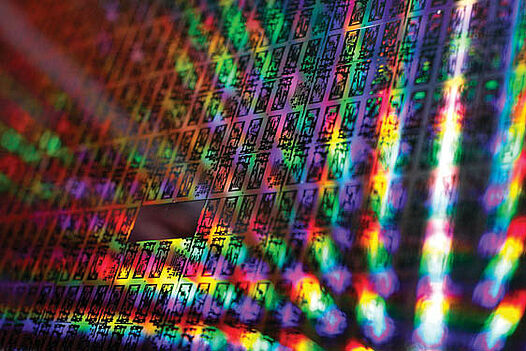The environmental costs of digital communications are significant. Streaming movies also drives up energy consumption. But there is good news for everyone who loves their Netflix account and doesn't want to overtax the climate: The use of novel optical processes can revolutionize data transmission and drastically reduce its energy hunger. AIT photonics expert Bernhard Schrenk is working on this as part of a globally unique project.





